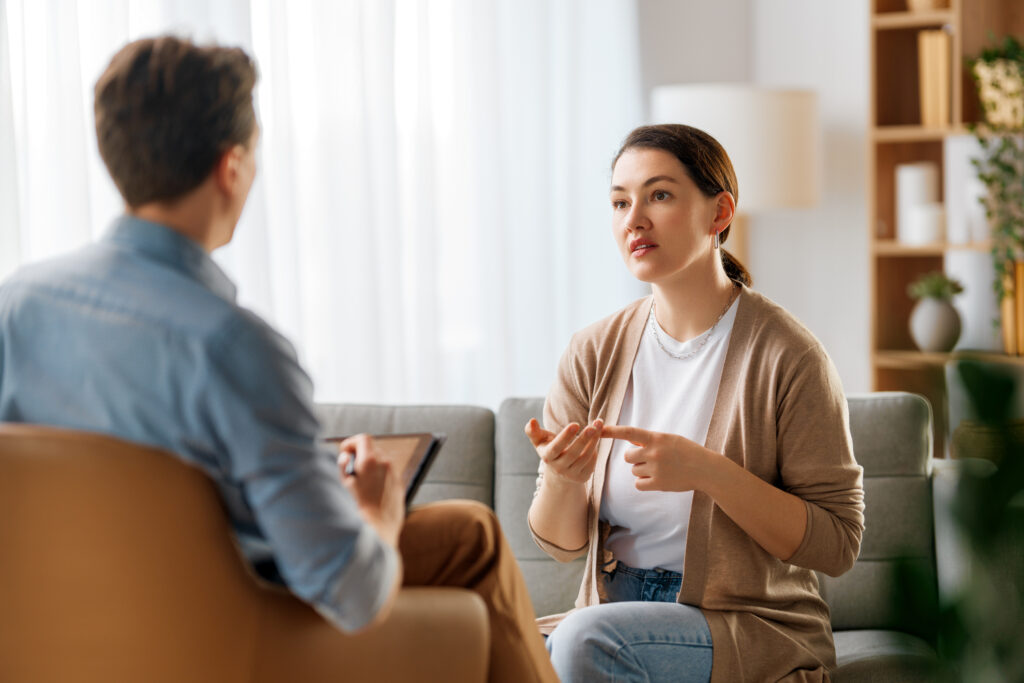Accelerated Resolution Therapy (ART)
A Holistic Healing Approach for PTS (Post Traumatic Stress) Through Accelerated Resolution Therapy (ART)
Accelerated Resolution Therapy (ART) is a powerful, evidence-based modality designed to help individuals process trauma in a safe, focused, and often rapid way. As a basic trained ART practitioner, I offer a holistic and innovative approach that goes beyond traditional talk therapy by working directly with how distressing memories are stored in the brain.

What is Accelerated Resolution Therapy (ART)?
ART utilizes a combination of guided imagery and smooth, bilateral eye movements to help you reframe traumatic experiences without needing to relive or verbalize the painful details. This unique method helps the brain to safely separate intense emotional responses from the memory itself—reducing anxiety, physical tension, and emotion overwhelm. The result is often a significant sense of relief and clarity, even after just a few sessions.
Who is it for?
What sets ART apart is its ability to bring lasting change in a short period of time. Clients frequently report feeling significantly better within 1 to 5 sessions. The therapy is adaptable for a wide range of issues, including PTSD, grief, anxiety, and relationship distress. Whether in-person or online, ART is equally effective, offering flexibility and accessibility no matter where you are on your healing journey.
If you’re seeking a therapy that is fast-acting, gentle, and transformative, please contact Dr. Espinosa for more information about ART, as it may be a viable path forward for you.

How does Accelerated Resolution Therapy (ART) fit in with Neuroplasticity?
ART and Neuroplasticity are closely connected! ART leverages the brain’s natural ability to change and adapt in order to help individuals heal from trauma and emotional distress.
Let's Break It Down:
Rewiring Emotional Responses
ART helps individuals change the way distressing memories are stored and accessed in the brain. Through techniques like guided visualization and eye movements, ART activates the brain’s natural plasticity, allowing it to form new, healthier neural pathways that replace the old emotional responses tied to traumatic or troubling experiences.
Memory Reconsolidation
Neuroplasticity allows memories to be modified after they are recalled—a process called memory reconsolidation. ART takes advantage of this by helping individuals recall a distressing memory and then actively replace the emotional or sensory content with a more positive or neutral image, essentially “rewriting” how the memory is stored. The knowledge of the trauma remains intact, however the pain associated with accessing the memory of the trauma is “rewritten” by the client.
Eye Movements Stimulate Brain Reorganization
The smooth pursuit eye movements used in ART stimulate both hemispheres of the brain, promoting bilateral integration and calming the nervous system. This helps the brain reprocess information in a way that encourages healing and adaptive change.
Rapid Neurological Adaptation
Because ART works quickly (often in just a few sessions), it demonstrates how the brain is capable of rapid, positive change—a hallmark of neuroplasticity. This is especially encouraging for people who have been stuck in patterns of fear, anxiety, or pain for years.
FAQs
Is ART safe?
Will I have to talk about my trauma?
Can ART be done virtually?
ART can be quite effective via virtual sessions because there are some adapted techniques for the visual tracking component for telehealth that are very effective. Dr. Espinosa conducts ART sessions both virtually and in person in Ridgewood, NJ.
What should I expect in my first session?
Suzannah Espinosa will explain the ART process, discuss your goals, and guide you through initial techniques (including learning the eye movements and how to process emotions and sensations). You’ll also begin identifying a specific issue to work on using ART in a safe, contained manner.
How long is a typical ART session?
ART sessions can last typically between 1 and 2 hours… not longer than that because engaging in the eye movements and directing and processing your thoughts can be tiring.
Let’s Talk About What Healing Could Look Like for You
You don’t have to figure it out on your own. And you don’t have to rush into extreme solutions. Let’s build something solid—together.
